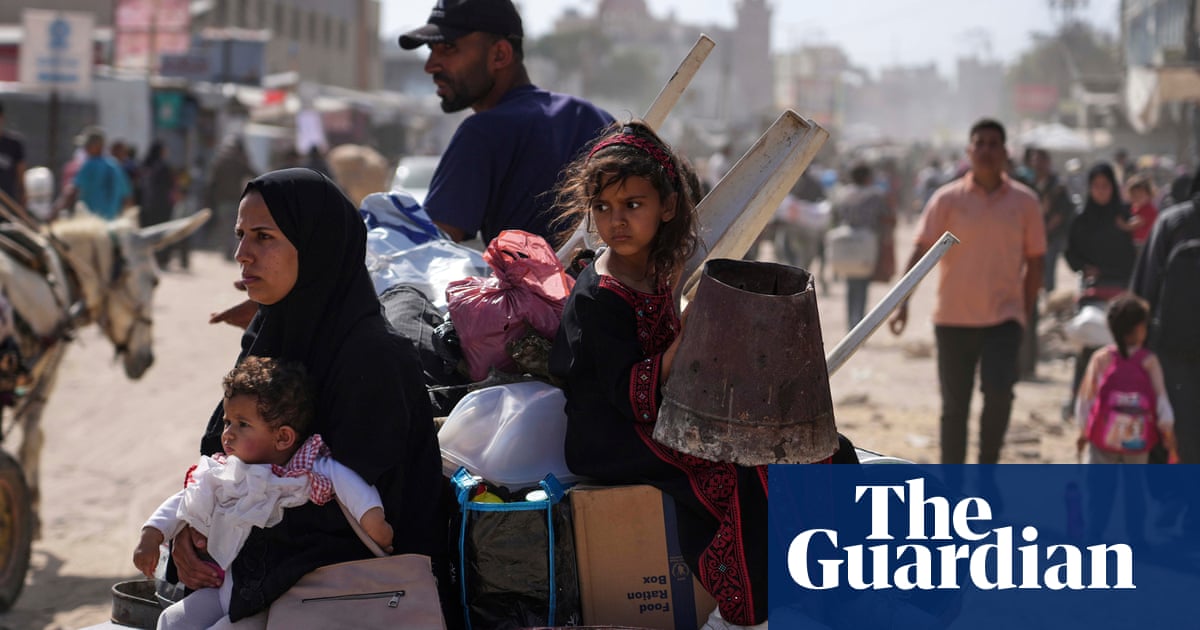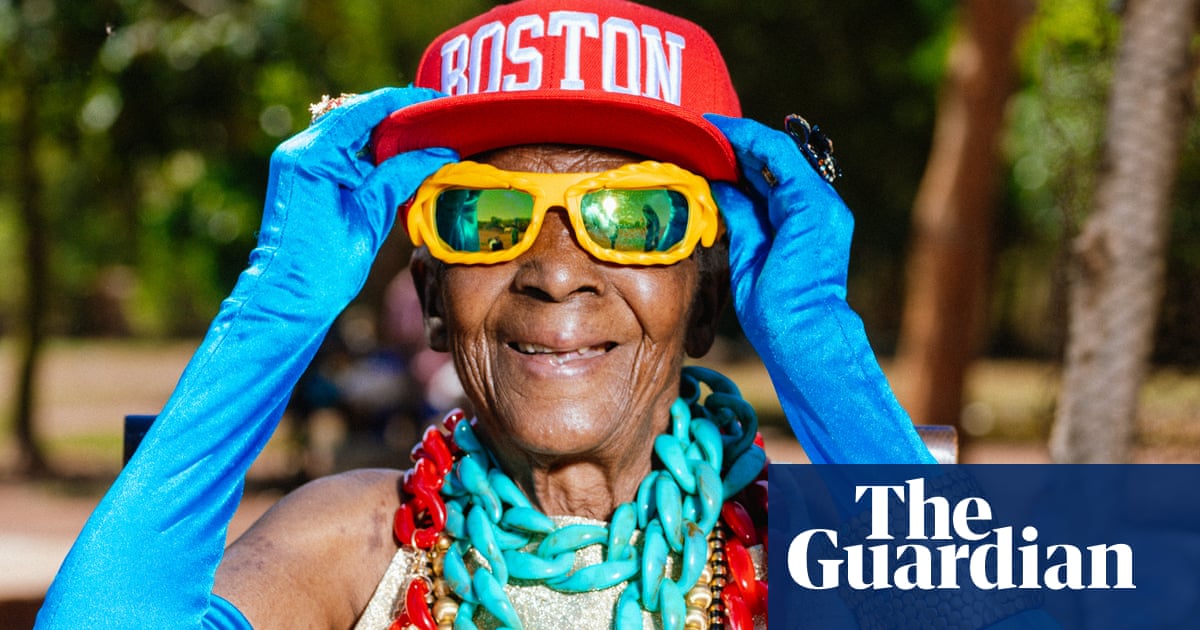Flora Montejo always dreamed of buying her own home. After almost three decades working as a nurse, the 68-year-old invested her retirement savings in a two-storey house in San Agustín, a working-class suburb of the Mexican resort town of Acapulco.
Montejo’s retirement dream was shortlived. Not long after moving into her newly remodelled home, Hurricane John dumped record levels of rainfall on Acapulco, triggering landslides and flash floods after calm creeks turned into roaring rivers.
In San Agustín, almost 50 homes along a tributary of La Sabana River collapsed after five consecutive days of nonstop rain broke the riverbank. Another 250 homes in the barrio were later condemned as uninhabitable due to the risk of further flooding.
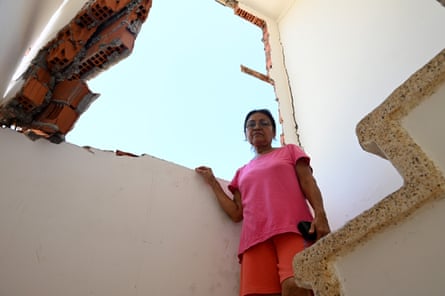
One wall of Montejo’s home crumbled after the houses separating hers from the San Agustín River collapsed and floated away. The neighbourhood has been declared a high-risk zone and residents have been told to relocate.
“I was looking forward to enjoying my retirement after a stressful career but got only six months in my dream home before disaster struck. I still can’t absorb what has happened,” says Montejo, who is now living at a neighbour’s house with her daughter.
“My house is exposed and unsafe, and the rainy season is coming. But until the government sends engineers to stabilise the river, I won’t know if my house will be salvageable.”
Hurricane John battered the state of Guerrero at a powerful category-3 strength twice over one week last September, dissipating inland before rapidly intensifying again off the coast – in a phenomenon meteorologists have called a “zombie” storm. The slow-moving Pacific storm dumped about a metre (40in) of rain over south-west Mexico, killing at least 29 people – mainly in Guerrero – in flash floods and landslides.

The record rainfall came less than a year after category-5 Hurricane Otis struck Acapulco with 165mph winds that killed more than 50 people and caused widespread damage to infrastructure – devastating the city’s tourism industry.
Otis also upended thousands of trees, leaving parts of the coastline, mountains and riverbanks eroded and exposed. The destruction further increased the region’s vulnerability to wildfires, flooding and landslides.
It will take several years for the tourist industry to recover fully, according to Rodolfo Escobar Ávila, a local union leader, in part due to labour shortages caused by forced migration after the storms, as well as insurance disputes that have delayed some hotel and apartment repairs.
Still, the tourist hub of Acapulco is mainly fixed and back in business, while working-class communities around the coastal city feel forgotten and highly vulnerable as another hurricane season approaches.
“The government has told us that it’s not safe here, but we have nowhere to go,” says Wendy Silva, 33, a homeowner in San Agustín who worries about her two young children living in a house that is damp and full of cracks.
“The river was full of debris and the riverbank was weak from previous storms when John hit. We should not have been so exposed. We’ve never been a priority, and now we feel abandoned.”

Six months after Hurricane John flooded San Agustín with mud and rocks, engineering work to stop further riverbank erosion and reduce the risk of future floods and landslides has yet to begin. Residents do not know where or when they will be relocated.
Few households, if any, had private home insurance, which is rare among working- and middle-class Mexicans. Many homeowners received about 40,000 pesos (£1,550) in one-off payments from the federal government. However, this was barely enough to cover the clean-up, basic repairs and day-to-day expenses after the storm destroyed jobs and crops. The cost of building materials has also soared since Otis, which caused an estimated $12bn to $16bn (£9.2bn-£12.37bn) in damage.
Silva’s mortgage and insurance are part of a federal government programme for low-income workers unable to get private credit. Still, her claim was denied because the house was not damaged enough. “It’s absurd,” says Silva, who is part of the neighbourhood committee that meets government agencies regularly. “We can’t afford to leave.”
Renters, such as Magdalena Nieto, 51, and her 81-year-old mother, María, did not qualify for any financial aid, nor did homeowners without individual land titles. “I feel traumatised by what we went through. We get anxious every time I see a cloud,” says Nieto. “I can’t live like this.”
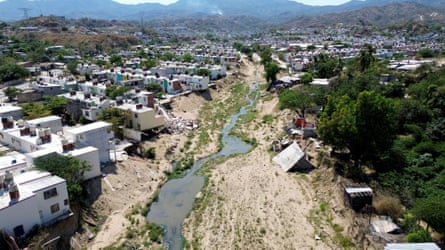
Acapulco is a port and beach resort city on Mexico’s Pacific coast, flanked by high-rise hotels and the Sierra Madre del Sur mountains. The city’s location and geology make its 1 million inhabitants vulnerable to natural disasters, including earthquakes and tropical storms.
Yet construction has expanded largely unchecked in high-risk areas, including entire neighbourhoods built on mountainsides and close to waterways. Some of them, such as the San Agustín River, were redirected to enable government-backed housing developments to be built.
The climate crisis is now supercharging the wind and rain in hurricanes such as Otis and John. These storms rapidly intensified due to higher ocean and atmospheric temperatures, driven by the burning of fossil fuels.
Otis was the strongest known hurricane to make landfall in Mexico – and among the most rapidly intensifying cyclones in the world, according to ClimaMeter. After the rains stopped, there were a record number of wildfires around Acapulco last year, fuelled by the upended trees that acted like kindling, according to the state’s civil protection agency. Then John hit, and there were even fewer trees to absorb the storm water.
Climate scientists warn that the severity of such storms and fires will probably continue to increase as the planet continues to warm. And as climate breakdown intensifies in Guerrero and other regions of Mexico where organised crime is pervasive, climate shocks such as drought, sea-level rises and floods could also worsen forced migration and conflicts over access to land and water.
“We are vulnerable in Acapulco because of our location, but human beings don’t care enough about the environment or climate change. We’re mostly to blame,” says Carlos Manuel Nino, 22, a builder in San Agustín whose parents’ home was severely damaged by Otis. The family’s income dropped after his mother stopped selling tamarind sweets in the hotel district after extortion demands.

Large swathes of Mexico are highly vulnerable to global heating. Sandwiched between two oceans, the increased risks from rising sea levels, floods, drought and extreme temperatures threaten food production, biodiversity and scarce water supplies.
Yet Mexico contributes only about 1.5% of global greenhouse gas emissions. The top four emitters, China, the US, India and Russia, combined account for more than 57% of global CO2 emissions.
The city’s mayor, Abelina López Rodríguez, says: “Latin America and the Caribbean are very vulnerable to climate change, but what happened in Acapulco should be a point of reflection internationally.
“The president of the United States should stop threatening us with tariffs and, as one of the world’s biggest emitters, focus on mitigation and reducing emissions rather than just telling us to adapt,” she says. “If not, climate change will continue to provoke migration because there will be places where the land can no longer produce food.”
after newsletter promotion

In the mountains about 40 miles (70km) east of Acapulco is the small village of El Campanario, where most families are subsistence farmers raising pigs and chickens, and growing maize, squash, watermelons and hibiscus.
Virtually every household was affected by Otis and John, which lost them two years of crops. Families had to sell animals, spend their meagre savings to buy maize and find extra money on top of the federal compensation to pay for repairs.
“We are rushing to get the repairs done before the rains come, trying to make the house a bit stronger and safer than before,” says Reina García, 37, who has a collection of containers to catch the water leaking through the cracks caused by the storms.

After each hurricane, the city administration went from house to house in affected communities to carry out a census for the federal government to allocate compensation.
Brenda Jiménez says no one was home when the census workers came to El Campanario, so the family received no financial aid. Otis destroyed their wooden supports and roofing panels, devastating the family’s outdoor cooking area and bathroom. The main house also lost its metal roof, leaving unprotected concrete slabs.
“We have no privacy. I have to keep watch for people coming down the mountain when my children go to the bathroom,” says Jiménez, 33. “I don’t know what we’ll do if another hurricane hits.”
Her father-in-law, Mario García, 66, did receive government help after Otis and is trying to improve on his tiny one-room wooden home, which blew away entirely. But he ran out of money, leaving an unfinished roofless shell of concrete blocks. “We’re so isolated on this mountain; if another storm comes, I worry we might die,” he says.
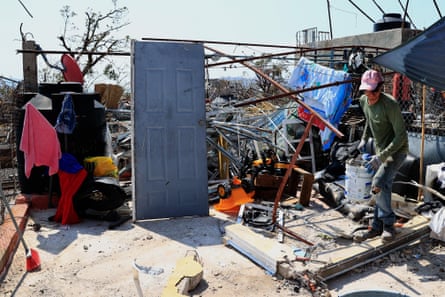
In Acapulco, some experts fear that the city is not investing adequately in climate resilience – or taking difficult political decisions to reduce the risk of future devastation by restricting new development in areas at high risk of floods, landslides and fires.
“This has always been a high-risk area, but our vulnerability to storms, floods, heat and fires has increased because of climate change and over-development, which have reduced our natural protection,” says one scientist, who asked not to be named.
“We know the lessons, but the decision-makers are not willing to change building regulations or invest the money needed in adaptation and resilience.”
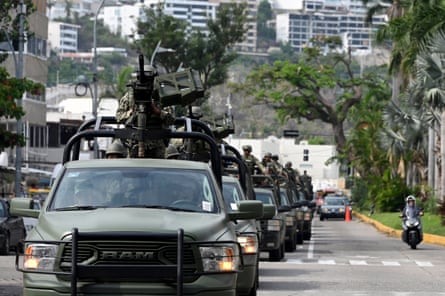
Extreme-weather events expose and exacerbate existing inequalities and challenges, including organised crime. Acapulco has long been a conduit for cocaine arriving from South America en route to the US. Violence, including murders, has flared up amid fights over territory and, more recently, extortion rackets.
According to informal reports, Otis led to a brief truce between the city’s two main organised crime groups, mostly due to widespread power and communications blackouts and road closures. However, looting, extortion and attacks on public transport then surged again, despite 25,000 troops being deployed to the area after the storm.
Several thousand troops are still in the area, but violence and extortion continue to heap pressure on people as they try to recover from the hurricanes.
“Otis and John demonstrated how the presence of organised crime and narco-politics weakens the state’s ability to prevent and respond to disasters,” says Erubiel Tirado, an expert in organised crime and human rights at Mexico City’s Ibero University.
“As Mexico experiences more climate impacts, weak governance and the lack of development could generate even more social conflict and insecurity.”
Another community designated as high-risk and uninhabitable is La Libertad, where a landslide killed two residents on the fifth day of rain from Hurricane John. On one mountain road, more than a dozen houses were flattened or swept away by a landslide – in an area rumoured to be dotted with clandestine graves.

Residents extracted some vehicles from the muddy debris but others remained stuck along the route of the landslide, which left a snaking scar visible from miles away.
Six months on, partially crushed houses, trees and debris still dangle precariously off the unpaved road as rocks continue to fall. Residents recently pooled resources to build a small wall, bridge and drainage system, but these makeshift structures may offer little protection once the rains begin in May.
Federico Cuenca, 63, who has lived in this informal settlement for 40 years, says: “Many agencies came here after John and made a lot of promises, but six months on, we’re in the same risky situation. Civil protection told us this mountain might collapse; we’re scared for our lives and want answers.”

The mud ruined Cuenca’s vehicles, and much of his metal workshop was damaged or swept away. His son, daughter-in-law and grandson have moved out, too scared to remain, but Cuenca and his wife, Luz María, do not want to leave.
“We are working on a plan B, and maybe we leave for the rainy season each year,” says Cuenca. “I love this mountain and the home we built. But it’s no longer safe.”

.png) 1 month ago
36
1 month ago
36













